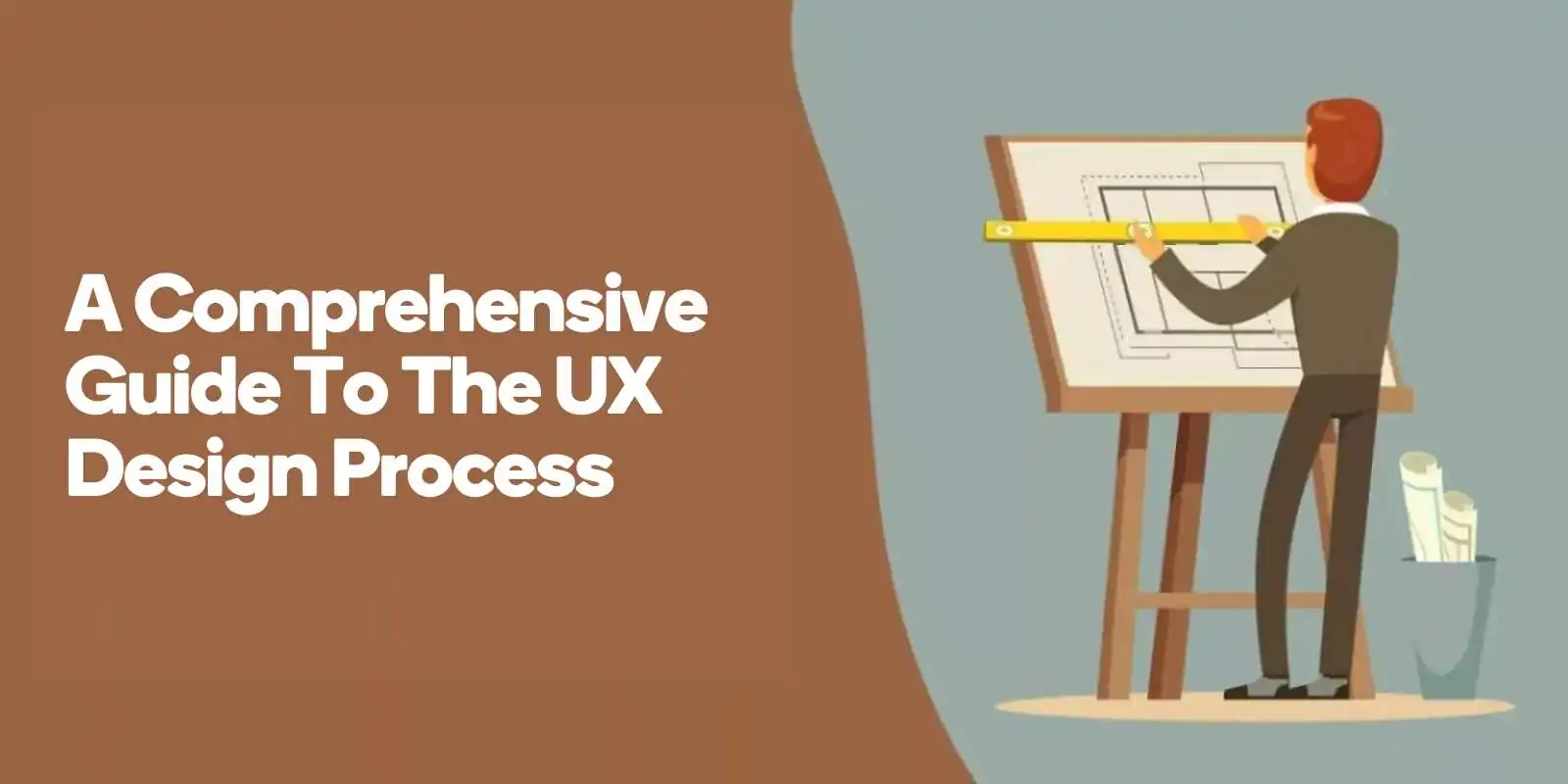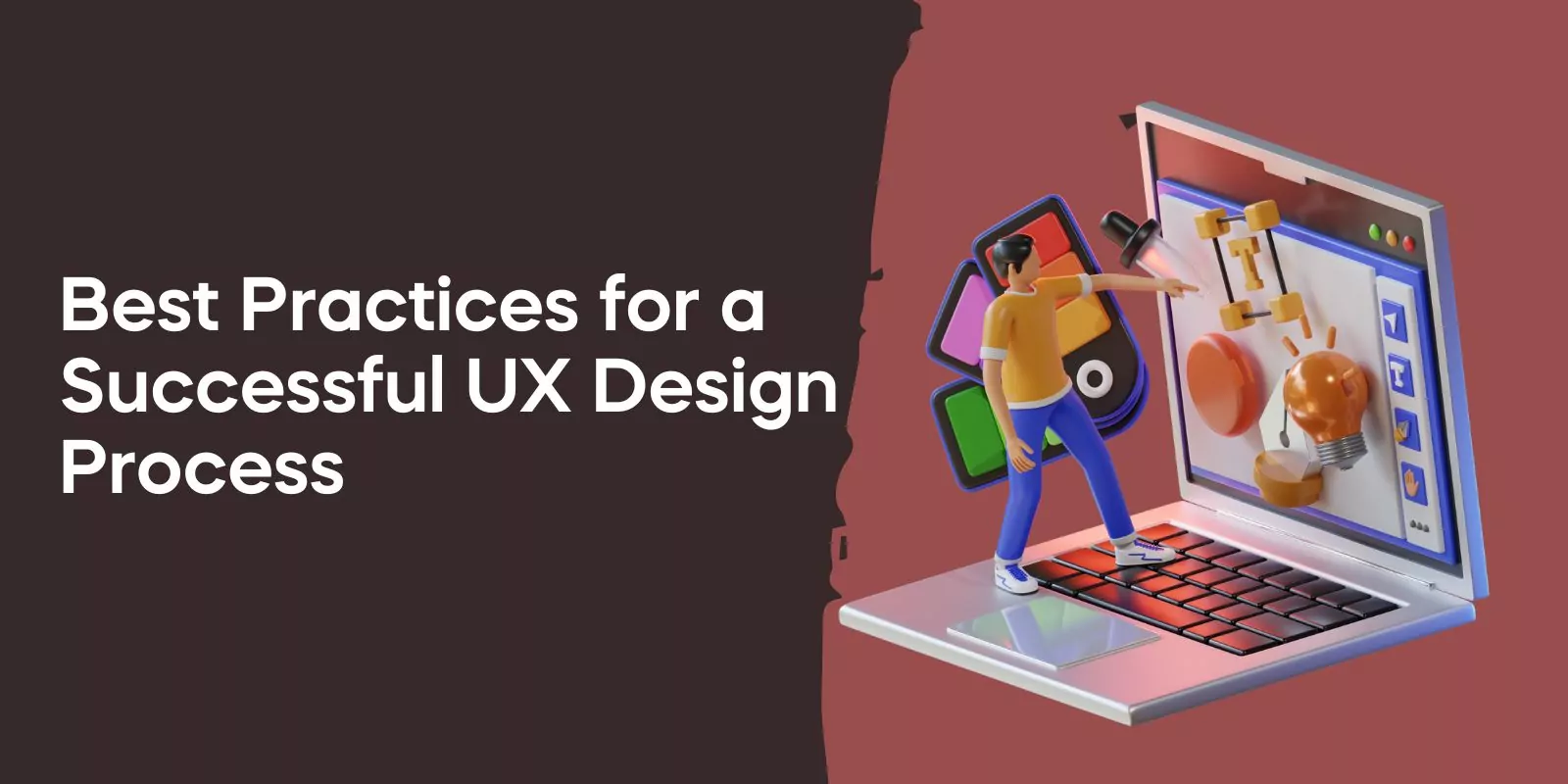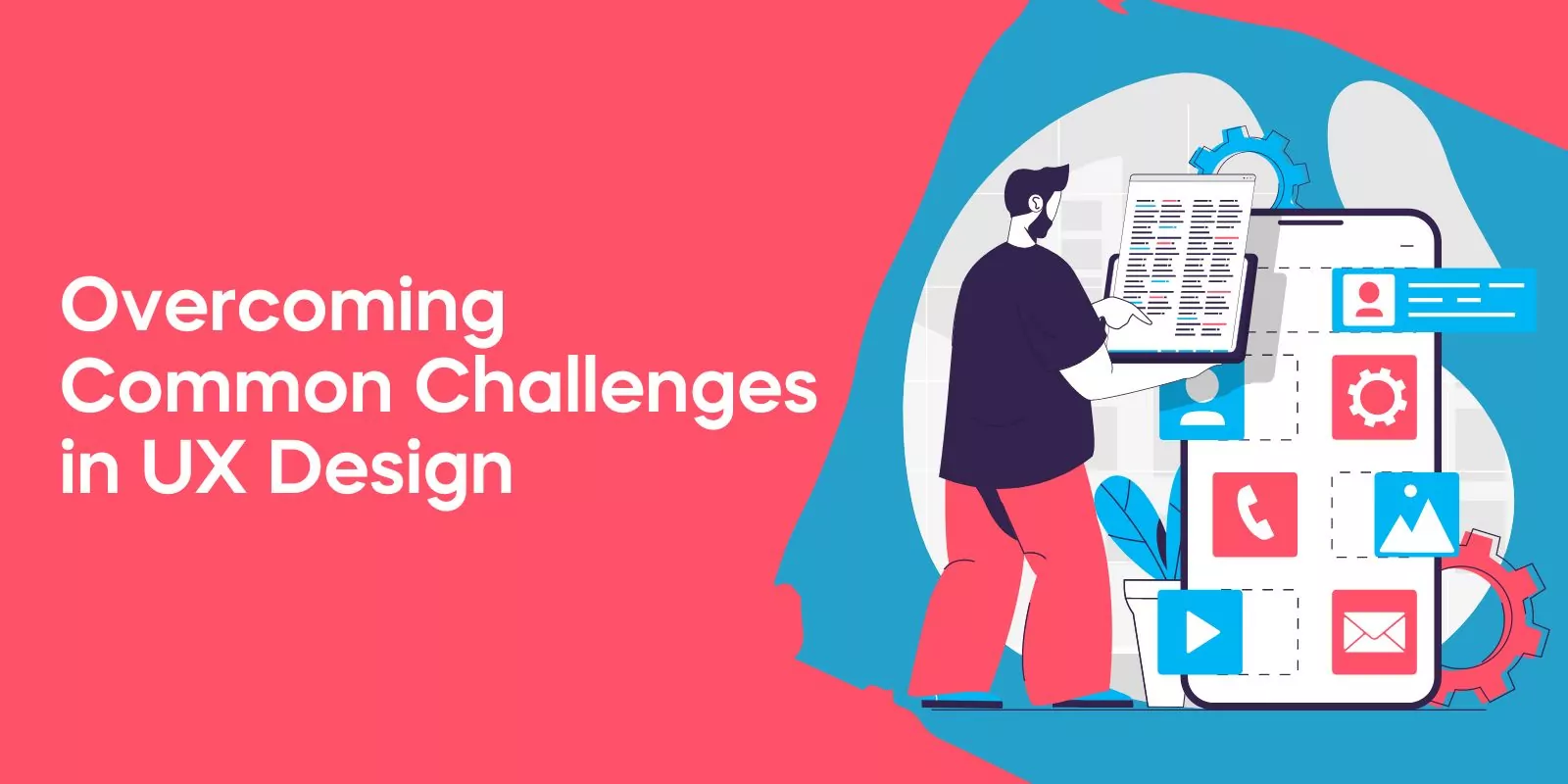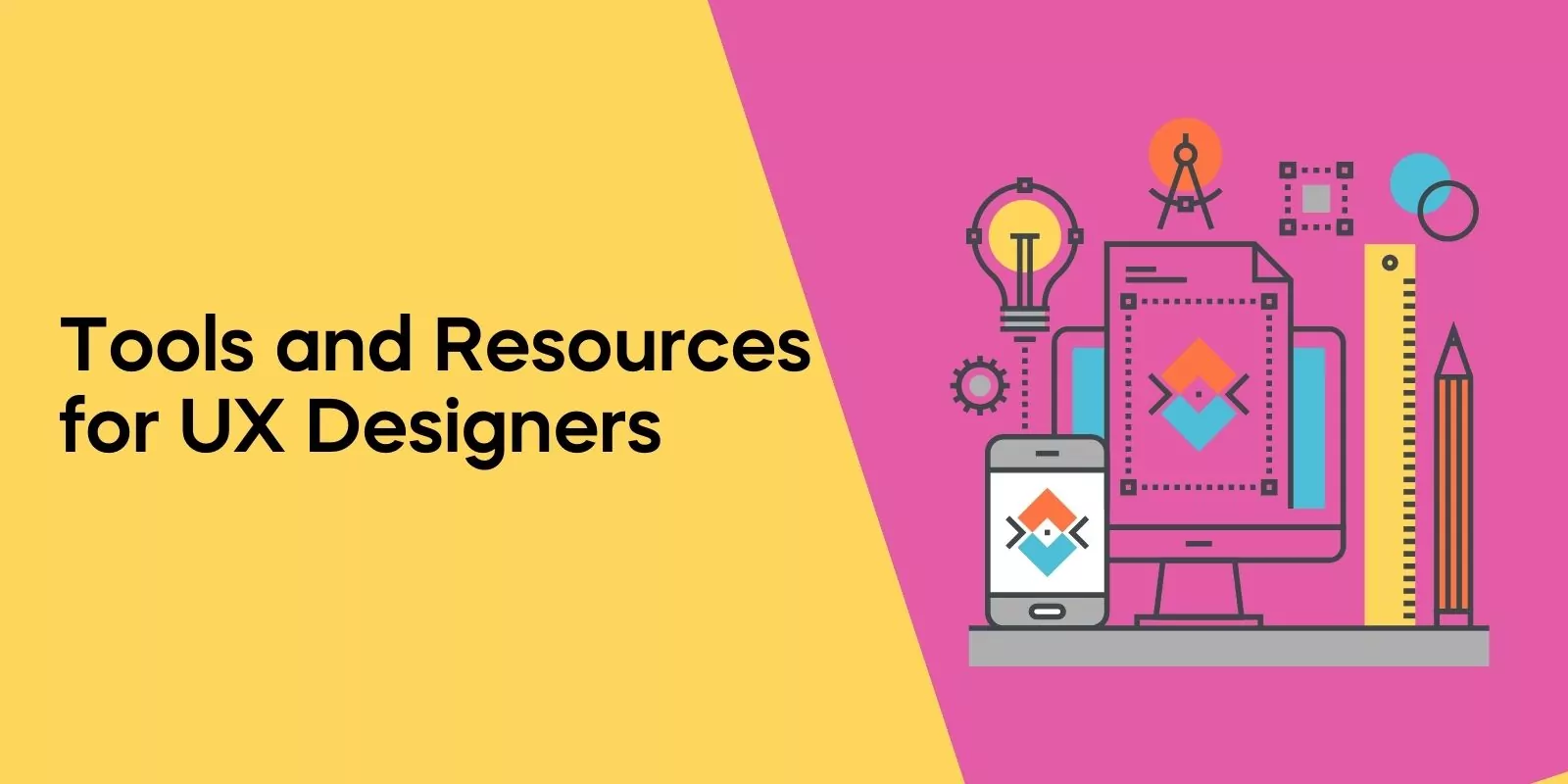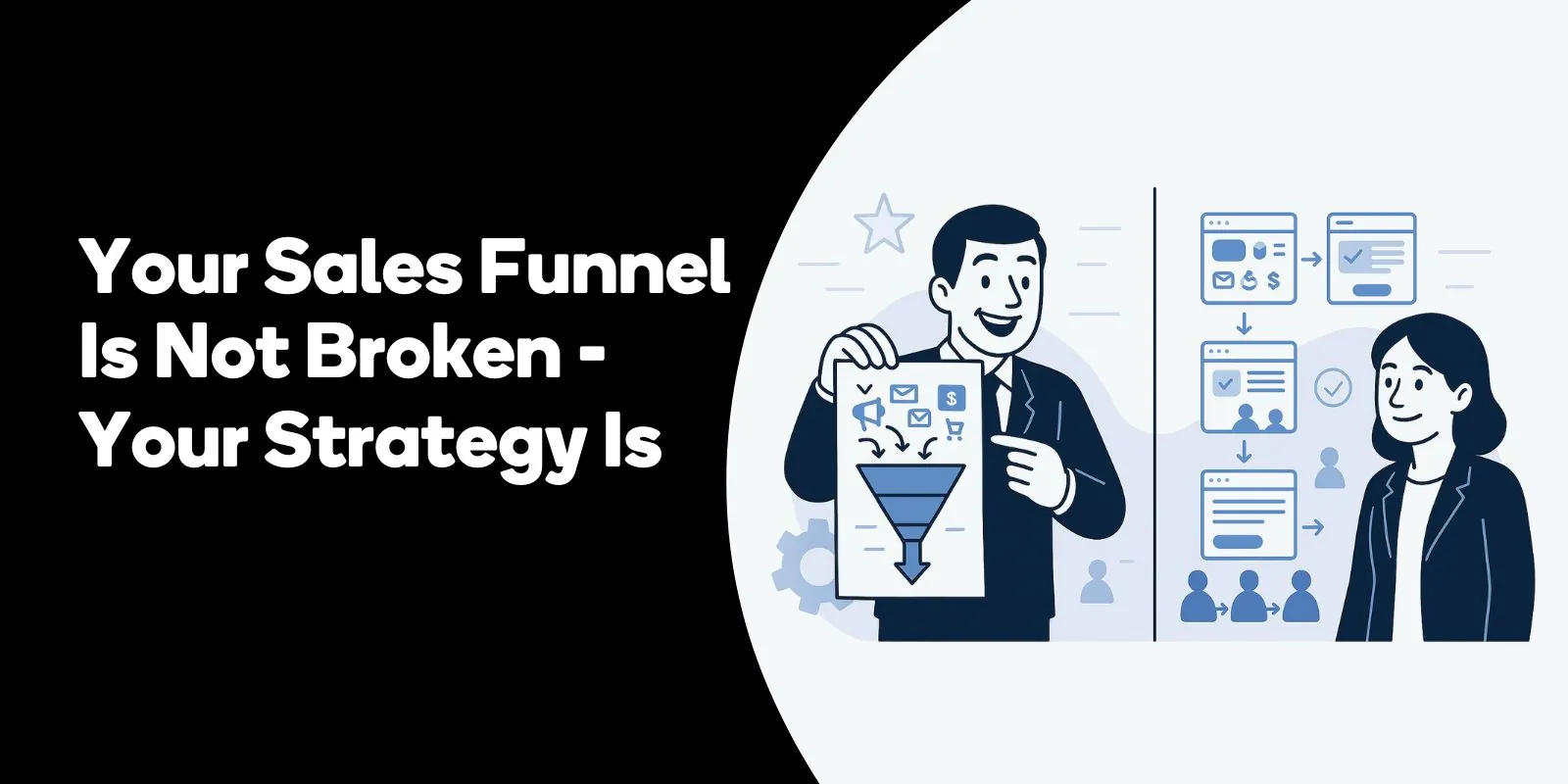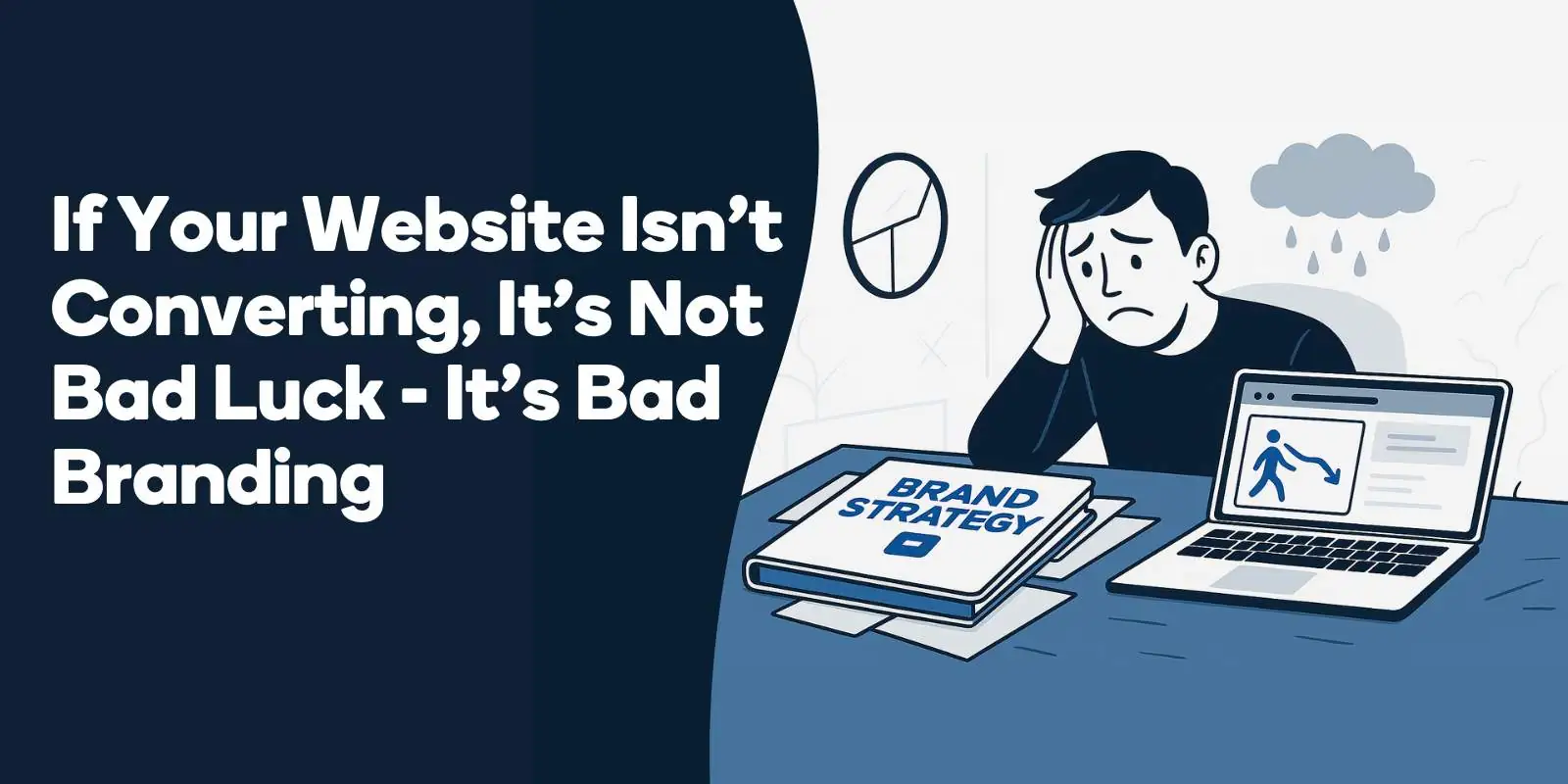Dive into this comprehensive guide to the UX design process and explore the essential phases, best practices, and tools that can elevate your digital product to new heights.
The Importance of UX Design
UX design focuses on enhancing user satisfaction with a product by improving usability, accessibility, and the pleasure of interaction.
It plays a crucial role in the success of digital products by increasing user satisfaction, optimizing business metrics, and providing a competitive edge through efficient user flows.
The iterative nature of the UX design process allows designers to continually refine their work, ensuring that the final product meets the needs and preferences of the target audience.
The human-centered design approach is at the core of great UX design. This approach focuses on creating designs tailored to users’ needs by developing user personas rather than relying on assumptions.
In essence, the entire organization is responsible for creating a user experience that leads to customer satisfaction.
By standardizing the UX design process, companies can efficiently increase user satisfaction, optimize business metrics, and gain a competitive advantage.
A smooth user experience is the linchpin of profitable digital products. It connects users with a brand and increases user retention.
UX design has a direct impact on key business metrics and plays a critical role in fostering customer confidence.
By understanding and implementing the various stages of the UX design process, businesses can create intuitive and pleasurable experiences that address users’ pain points and enhance their satisfaction.
The Four Phases of the UX Design Process
To create a successful user experience, UX designers follow four primary phases: user research, design, testing, and implementation.
This iterative process allows designers to continually refine and enhance their designs, ensuring an enjoyable and user-friendly experience.
By acknowledging the iterative nature of the design process, designers can facilitate ongoing evaluation and improvement of their work, leading to more effective and efficient outcomes.
User Research
User research is the foundation upon which the entire UX design process is built. It provides designers with insights into user behavior, needs, and expectations.
UX research typically involves conducting user interviews, surveys, focus groups, card sorting, and usability testing, among other methods.
This in-depth user research allows designers to create a product that truly resonates with the target audience and fulfills their needs.
Demographic, psychographic, customer interviews and usability testing are the four main categories of UX research. These comprehensive categories cover all key elements involved in the UX design process.
Demographic research focuses on the target audience’s age, gender, income, and location, while psychographic research delves into their interests, preferences, and lifestyles.
Customer interviews provide qualitative data about user pain points and expectations, while usability testing evaluates how well the product meets these expectations.
By conducting user research, designers can create user personas, which are fictional representations of the target audience.
These personas help the design team understand users’ needs, preferences, and motivations, enabling them to create a more intuitive and pleasurable experience for the end-user.
Ultimately, user research allows designers to make informed decisions throughout the design process, ensuring that the final product caters to the needs and expectations of the target audience.
Design Phase
Once user research has been conducted, it’s time to move on to the design phase. This phase encompasses wireframing, prototyping, and creating user personas to design user interfaces that cater to users’ needs and preferences.
Wireframes are basic visual representations of the structure of a website or application, focusing primarily on navigation and structure before any aesthetic considerations.
Prototyping is an essential step in the UX design process, allowing designers to create interactive simulations or sketches that resemble the final product.
Prototypes can be tested with potential users to refine the design before further development. By creating low-fidelity prototypes, designers can quickly iterate and make changes based on user feedback, resulting in a higher quality product.
User personas are fictional representations of the target audience, created using data gathered during user research.
These personas help the design team understand users’ needs, preferences, and motivations, enabling them to create a more intuitive and pleasurable experience for the end-user.
By focusing on the target audience during the design phase, UX designers can create user interfaces that cater to users’ needs and preferences, ensuring a positive user experience.
Usability Testing
Usability testing is a vital component of the UX design process. It involves observing the target audience as they interact with the product and then asking them about their experience.
This testing helps identify areas for improvement, validates design decisions, and ensures a delightful user experience.
There are several techniques employed in usability testing, including in-person usability testing, remote user testing, code-based prototypes, questionnaires or surveys, and split tests.
By testing early in the design process, designers can make more efficient changes, resulting in a higher quality product.
Usability testing not only helps identify issues, but also provides valuable data on user behavior, needs, and expectations.
Incorporating usability testing into the UX design process ensures that the final product meets the needs and preferences of the target audience.
It enables designers to refine and enhance their work, guaranteeing an enjoyable and user-friendly experience. By conducting regular usability tests, designers can continue to optimize their designs and deliver a product that truly resonates with users.
Implementation
Implementation is the final stage of the UX design process, where designers collaborate with the development team to bring the design to life.
During the design handoff stage, the design team provides prototypes and documentation to the development team to begin the engineering process.
This collaboration is crucial for ensuring a seamless transition from design to development while adhering to technical constraints.
Throughout the implementation stage, feedback from the development team is essential. Communication between designers and developers helps identify and address any issues that arise before the product launch.
By maintaining open lines of communication, designers can ensure that the final product stays true to the original vision while meeting technical requirements.
The iterative nature of the UX design process doesn’t end with implementation. Designers should continue to gather user feedback and make improvements to the product even after launch.

Award-Winning
Sales Funnel & Website Expert
Discover How My Agency Can Grow Your Business
- Website: Our websites are the perfect blend of form and function.
- Sales Funnel: We build sales funnels that turn leads into customers.
- SEO: Get found online with our expert SEO services.
By staying committed to enhancing the user experience, businesses can maintain a competitive edge and foster long-lasting relationships with their customers.
Enhancing the UX Design Process with Data
Data plays a crucial role in enhancing the UX design process. By utilizing data from website analytics, user research, and A/B testing, designers can make informed decisions and drive continuous improvement.
Website analytics provide valuable information about user behavior, such as click-path, average time spent on the website, and bounce rate. This data helps designers understand how users interact with the product and identify areas for improvement.
User research data, such as user interviews, surveys, and focus groups, offers insights into user needs, preferences, and expectations.
By incorporating this data into the design process, designers can create a product that truly resonates with the target audience.
Additionally, A/B testing allows designers to compare two versions of a web page to determine which performs better. This method of experimentation enables designers to validate design decisions and optimize the user experience.
Using data to inform design decisions not only leads to a better user experience but also contributes to the overall success of the digital product.
By continuously gathering and analyzing data, designers can iterate on their designs, making improvements based on user feedback and ensuring a delightful user experience.
Best Practices for a Successful UX Design Process
To streamline the UX design process and ensure success, designers should adopt several best practices, including a well-thought-out user flow.
First and foremost, user-centric thinking should be the foundation of every design decision. This approach places the end-user at the core of the design, ensuring that the product fulfills their needs and preferences.
Practicing empathy is another critical best practice in UX design.
Empathy allows designers to understand the needs and emotions of their users, enabling them to create a more intuitive and pleasurable experience.
By putting themselves in the user’s shoes, designers can make more informed decisions and design a product that exceeds user expectations.
Finally, fostering effective communication and collaboration among team members is essential for a successful UX design process.
By establishing clear goals and objectives, regularly communicating progress, and offering feedback on the design process, designers can manage stakeholder expectations and ensure a smooth workflow.
Additionally, building a design system and leveraging design libraries can help streamline the process, providing reusable components and resources that guarantee consistency and efficiency.
Overcoming Common Challenges in UX Design
UX designers often face several challenges in their work.
Some common difficulties include a lack of understanding of the role of UX design, budgetary and time constraints, obtaining approval for UX research, and consolidating and communicating research findings to stakeholders. To overcome these challenges, designers can implement several strategies.
First, managing stakeholder expectations is crucial.
Designers can achieve this by establishing clear goals and objectives, regularly communicating progress, and offering feedback on the design process.
Additionally, staying abreast of emerging technologies and industry trends can help designers adapt to new tools and techniques. Attending conferences, workshops, and networking with other UX professionals can provide valuable insights and resources.
Lastly, designers should remain flexible and adaptable in their approach to UX design. By continuously learning and refining their skills, designers can navigate the ever-changing landscape of UX design and overcome the challenges that arise throughout their careers.
Case Studies: Successful UX Design Implementations
Real-life examples of successful UX design projects can provide valuable insights into the power of a well-executed UX design process.
Companies such as Netflix, Google, Instagram, and H&M have leveraged UX design to create positive user experiences and drive business success.
These companies have utilized comprehensive research, well-considered information architecture, and regular user testing to create products that resonate with users.
By following the four primary phases of the UX process—user research, design, testing, and implementation—these companies have been able to significantly improve user satisfaction and business performance.
These case studies serve as a testament to the impact of a well-executed UX design process on a product’s success.
By adhering to best practices, conducting thorough research, and iterating on designs based on user feedback, businesses can create digital products that provide a delightful user experience and stand out in the competitive market.
Tools and Resources for UX Designers
UX designers have access to a wide array of tools and resources to facilitate their work. Design software such as Adobe Creative Cloud, Figma, and Sketch enables designers to create visually appealing and functional interfaces.
Prototyping tools like InVision and Proto.io allow designers to create interactive simulations and test their designs with potential users.
User research tools such as UXtweak and UserTesting provide valuable insights into user behavior, needs, and preferences.
Additionally, online communities, industry publications, and UX blogs can help designers stay up-to-date with the latest trends and techniques in the field.
By leveraging these tools and resources, UX designers can streamline their workflow, enhance collaboration, and create digital products that delight users.
Whether you’re a seasoned designer or just starting in the field, these tools can help you elevate your UX design skills and contribute to the success of your digital products.
Frequently Asked Questions
What are the 6 stages of the UX design process?
The UX Design Process consists of six stages: defining and understanding the product, conducting research, analyzing the results, designing the product, testing the results, and iterating based on findings. Each stage is essential in creating an effective user experience.
What are UX design processes?
UX design is an iterative process of understanding user needs, designing solutions, and continuously refining and optimizing them. The core UX design processes include research, prototyping, testing, evaluation, and implementation.
It’s an ongoing process of discovery and refinement to create the best product experience possible.
What are the 5 UX design process?
The five steps in the UX design process are: 1) understanding the context and audience; 2) user research; 3) designing the product; 4) launching the product; and 5) further analysis.
Each step helps designers create user-friendly, engaging, and effective products that achieve their desired outcomes.
Why is user research important in the UX design process?
By conducting user research, UX designers can understand how users interact with products and gain valuable insights into their requirements and preferences. This helps the UX designer make informed design decisions that meet user needs and create a successful product experience.
How can usability testing improve the UX design process?
Usability testing is an invaluable tool for improving the UX design process as it helps identify any problems with the user flow, highlights where users may become frustrated or confused, and ensures the design meets the needs of end users.
It can be used to test the usability of a website, app, or other digital product, and can be conducted with a variety of methods, such as interviews, surveys, and user testing. By gathering feedback from users, designers can make informed decisions about how to improve the user experience.
Conclusion
In conclusion, the UX design process is an essential component of creating successful digital products.
By understanding the importance of UX design, following the four primary phases of the process, and leveraging data, best practices, and tools, designers can create user experiences that delight users, drive business success, and set their products apart from the competition.
As the digital landscape continues to evolve, the role of UX design will only grow in importance—making it crucial for businesses to invest in a well-executed UX design process.
